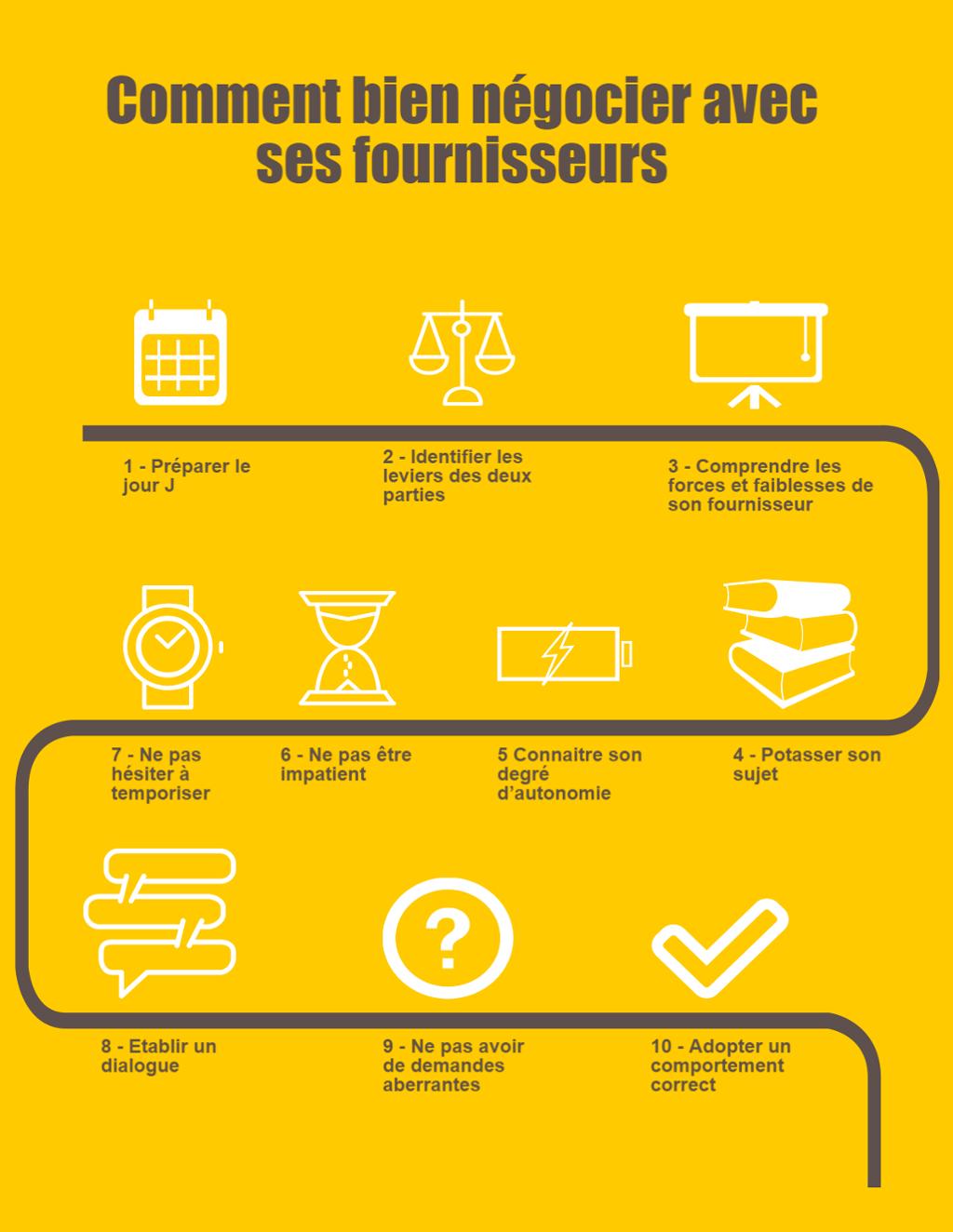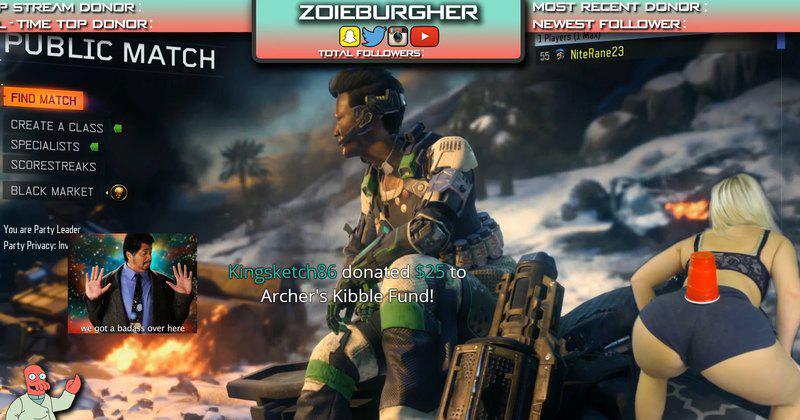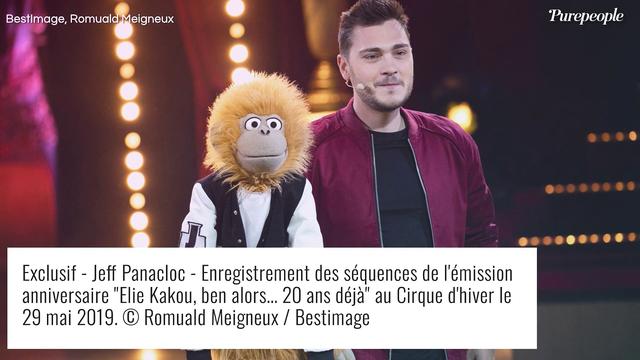
Become a negotiator, the FBI way
To obtain a loan from your banker, a raise from your boss or encourage your fiancé to marry you, the Voss method developed by a skilled negotiator from the FBI proves to be extremely efficient. We reveal his tactics and strategies to assert your right to ask for what is right and become a virtuoso of negotiation!
A negotiation is nothing but communication with results. It performs two essential functions: collecting information and influencing the behavior of others to your advantage. By disarming, reframing, confusing your interlocutor while enriching the relationship, you will learn to play with his emotions according to the rules of human society. Famous FBI negotiator, Chris Voss has stood up to many fanatics since the beginning of his career as a police officer first, then as a negotiator to free hostages within the FBI. From his knowledge of extreme negotiation acquired in the course of his duties and by seeing kidnappers as businessmen who seek to obtain the best price, he has drawn a method to emerge victorious from all kinds of transactions whatever the domain. On the strength of his success, he became a negotiation trainer, notably at Harvard, and author of the bestseller with his famous opus Never cut the pear in half, published by Pocket editions. The Voss method which advocates the use of tactics, emotional and communication strategies works wonders. With a healthy dose of empathy, active listening, rephrasing, in-sync, and practice, you could well become a formidable business man or woman.
Man is a crazy animal
For Chris Voss, the art of negotiation is based primarily on human psychology. Indeed, we must consider man as a crazy animal, irrational and impulsive, always driven by his emotions. Humans are the only animal to haggle but, despite everything, they always act according to their fears, needs, perceptions and desires. Until the presidency of Richard Nixon, negotiation procedures were limited to the use of force by involving armed soldiers. The Attica prison riots and the hostage-taking at the Munich Olympics, which left 39 and 11 dead respectively, contributed to moving the lines of special forces around the world in this area. But it was the hijacking of the Nashville/Bahamas flight by George Griffe Junior that marked a shift in the negotiation techniques of kidnappers in the United States. This is the first time that the FBI has been accused of negligence by the families of the victims in connection with a hostage situation. The Downs versus United States trial is a landmark: the United States Supreme Court rules that a more suitable solution to ensure the well-being of the hostages and that a reasonable attempt at negotiation should have been considered before any tactical intervention. This trial even prompted the NYPD (New York Police Department) to set up a team responsible for setting up specific procedures for crisis negotiations.
Brains driven by emotion
At the same time, in 1979, the Harvard Negotiation Project was launched by Roger Fisher and William Ury to improve the theory, teaching and practice of negotiation in all fields, whether in business or diplomacy. They are also writing a revolutionary negotiation manual which has long been a unanimous reference for the police. Their opus How to Negotiate Successfully made every negotiator think of the kidnappers as primitive beasts with brains driven by emotion. This playbook urges law enforcement to separate the kidnapper's emotion from the problem and focus not on their grievances, but on their hidden interests and deep desires. The underlying objective is to generate win-win options and establish common standards. At the same time, the work of the two psychologists Kahneman and Tversky demonstrated that all humans suffer from cognitive biases, that is to say from unconscious and irrational brain processes that literally distort their perception of the world. Through the notion of “framing effect”, they shed light on the fact that individuals respond differently to similar propositions depending on how they are presented. Their theory of "loss aversion" also demonstrated that, statistically, individuals prefer to avoid a loss, rather than acting alongside it to achieve an equivalent gain. In his essay System 1 / System 2: The Two Speeds of Thought, Kahneman differentiates between two thought systems in humans; the animal mind, quick, instinctive and emotional, the rational mind slow, thoughtful and logical.
Empathy and active listening
Unfortunately, it took knowing the tragic outcome of the siege of David Koresh's sect in Waco in 1993 (76 dead) to understand that in the case of the taking of hostages, the win-win based problem solving system did not work. Following this event, the director of the FBI Louis Freeh announced the creation of the Critical Incident Response Group which brings together teams in charge of negotiation and specialists in behavioral sciences and hostage rescue. Over the course of the interventions, it became obvious that the animal was visibly taking precedence over the reasoned man. The kidnappers were obviously more drawn to emotions than to rational bargaining. From then on, the teaching of psychological skills became essential for all bargaining agents. The objective is to acquire simple tactics to calm the kidnappers, establish good relations, gain their trust, arouse the verbalization of needs and convince them of the empathy of the police. The agents finally took into account that their interlocutors, whatever their dangerousness, “wanted to be understood and accepted”. When they feel listened to intensely, they also have a better appreciation of their thoughts and feelings. And it's only when they're less defensive that they can finally help solve problems or see alternative solutions. As Chris Voss points out, “By becoming experts in empathy and active listening, the fatheads of the FBI had finally managed to take a giant leap…”.
Calm your schizo side

Incorporate the shrink's tactical empathy
By being the shrink of your interlocutor, you give him the opportunity to explore the situation, understand his emotions and modify his behavior. To achieve this, the negotiator must open up to his senses, talk less and listen more actively. It is the ability to recognize the point of view of an interlocutor and the expression of this recognition. You are thus committed to understanding the other, their world, their feelings and to glimpse what is hidden under the surface. You have to both decipher the emotional obstacles and the possible paths to increase your influence and find an agreement. By synchronizing with the other in a process of neural resonance, you have access to what he feels and thinks. It is one of the keys to Sun Tzu, the supreme art of war which consists in neutralizing the enemy without fighting.
Name their emotions to reach them
By verbally identifying the most predictable emotions of your interlocutor, you will be able to influence them. Also, it shows him that you identify with how he feels. Emotional labeling is a shortcut to intimacy; a trick that saves you time because it lowers the pressure. Naming a negative emotion immediately causes it to lose its intensity. The technique of labeling makes it possible to reinforce the favorable aspect of a negotiation or to soften its negative side. Putting an emotion on someone is done through words, but also through body language and voice intonation. Labels can be formulated as statements or as questions. It is the end of the sentence, ascending or descending, that will make the difference. You can start with phrases such as "it looks like", "it seems like", "it feels like". These labels prompt the other for a detailed response and even if he disagrees, he will tell you why. After having put a label, you must always be silent to let the other react by taking your time. This is about tackling negative emotions without fear, but also with respect; without reactions or judgments, in a factual way. And if you're on the wrong track, you just have to admit your mistakes.
Empathy as a powerful anti-depressant
By working on your fears and showing yourself understanding, you can extract important information about the fears that undermine your interlocutor. When we address the negative elements, we must enter a safe zone of empathy. Each party needs to be understood, to bond with the person on the other side of the table. This is the key to understanding the expectations of the other. The right method is to alternate label, tactical empathy, label, then request. Everyone loves empathetic people because we all need to be understood and listened to. To gain empathy, you just need practice and apply yourself to recognize the situation in which your interlocutor finds himself. In less than two, he will most certainly let you know information that may be useful to you. It is a question here of clearing the obstacles and lifting the brakes, but above all without denying them. Use the silence between the mirror effects and the highlighting of an obstacle. Let the other fill the void. Also put words on the fears of your interlocutor. When he thinks negative things about you, pull the rug out from under him by listing the worst things he could think about you. By reviewing his hypothetical accusations, he will play down things to keep a good image. Conversely, you can use labels to reinforce perceptions and constructive dynamics by emphasizing the positive emotions felt by your interlocutor.
Don't be afraid of the "no"
If you want to bring a negotiation to a successful conclusion, let the other person say "no". A 'no' can have several meanings: it can mean 'I am not ready to accept the negotiation', 'you are making me uncomfortable', 'I don't understand', 'I don't think I have cannot afford", "I want something else", "I need more information" or "I want another contact person". The sooner your interlocutor tells you no, the sooner you will be able to obtain information on his emotional state, identify his brakes and his underlying desires. See the "no" as an opportunity to put the real issues on the table, to move on and turn things around. The “no” also meets his primary needs: to feel protected (safe) and free because the person who says it has the impression of keeping control of the situation. And it is only after the crucial “no” step that he will be ready to listen to the alternatives available to him. Conversely, be aware that there are three types of “yes”. The "counterfeit yes" is pronounced to get rid of a person when in reality we planned to say no. The “confirmation yes” is instinctively said as a simple affirmation without a promise of action. And finally, the "yes of commitment", the one that any negotiator wishes to obtain, is a real agreement followed by actions. Don't forget that a good negotiation is to get the other to discover that you have a common objective, no matter if you have to go through the "no" stage for them to have the impression of mastering the situation… The tactic consists in giving him the illusion that the solution comes from him.
Oprah Winfrey's Lethal Weapons
For academic and author Chris Voss, Oprah Winfrey is one of today's greatest negotiators. His power of persuasion is such that his interlocutors come to reveal their secrets in front of millions of viewers. What are his weapons? A voluntary smile to lower the pressure, subtle verbal and non-verbal language to show empathy, descending intonation, well-chosen questions. A good negotiator has his own techniques, tests his hypotheses. His only objectives are to detect as much information as possible, silencing the inner voices of his interlocutor thanks to active listening, taking time with a slower pace, smiling when people are in a state of mind positive via the mirror effect.
TOO #44







